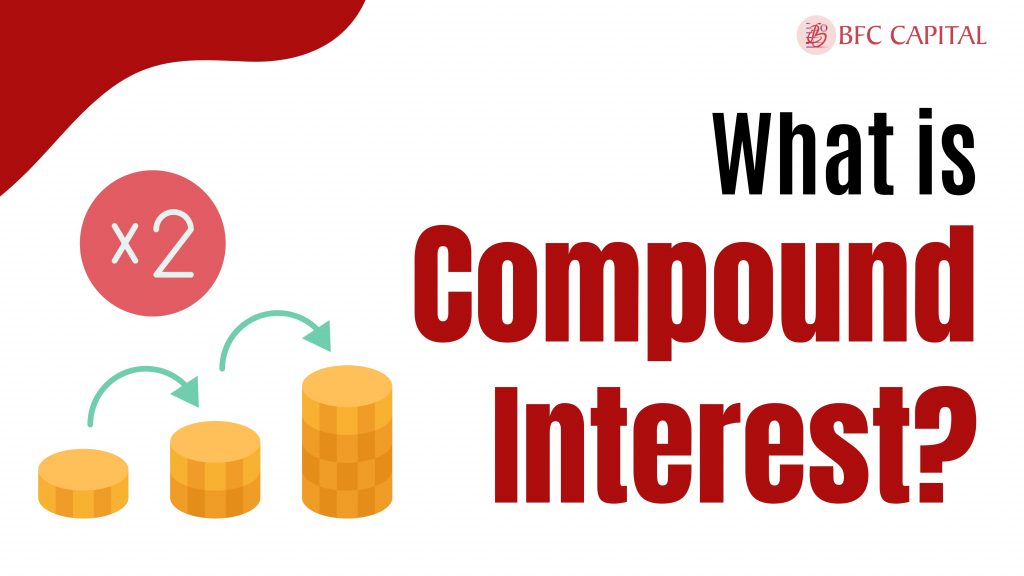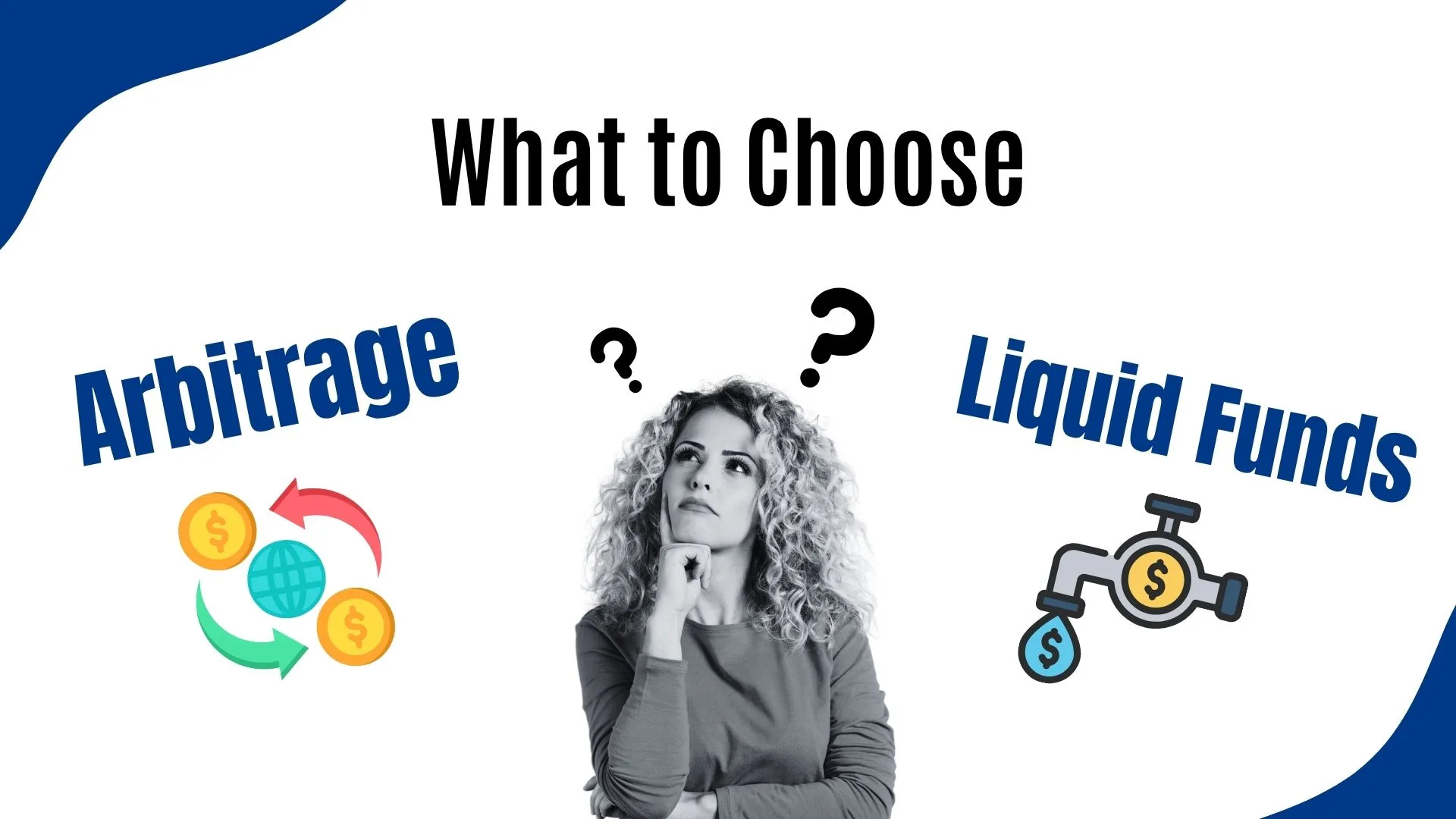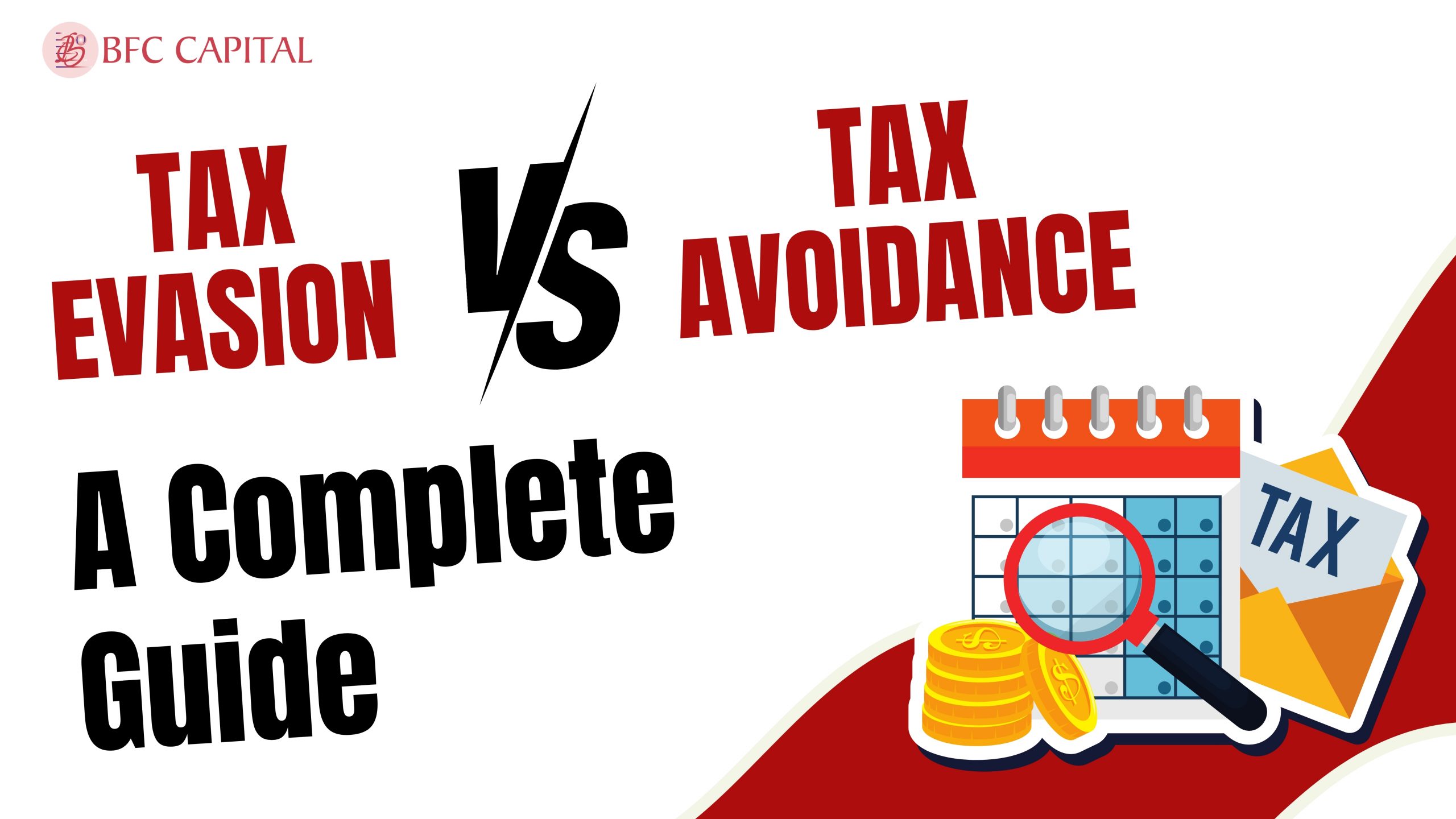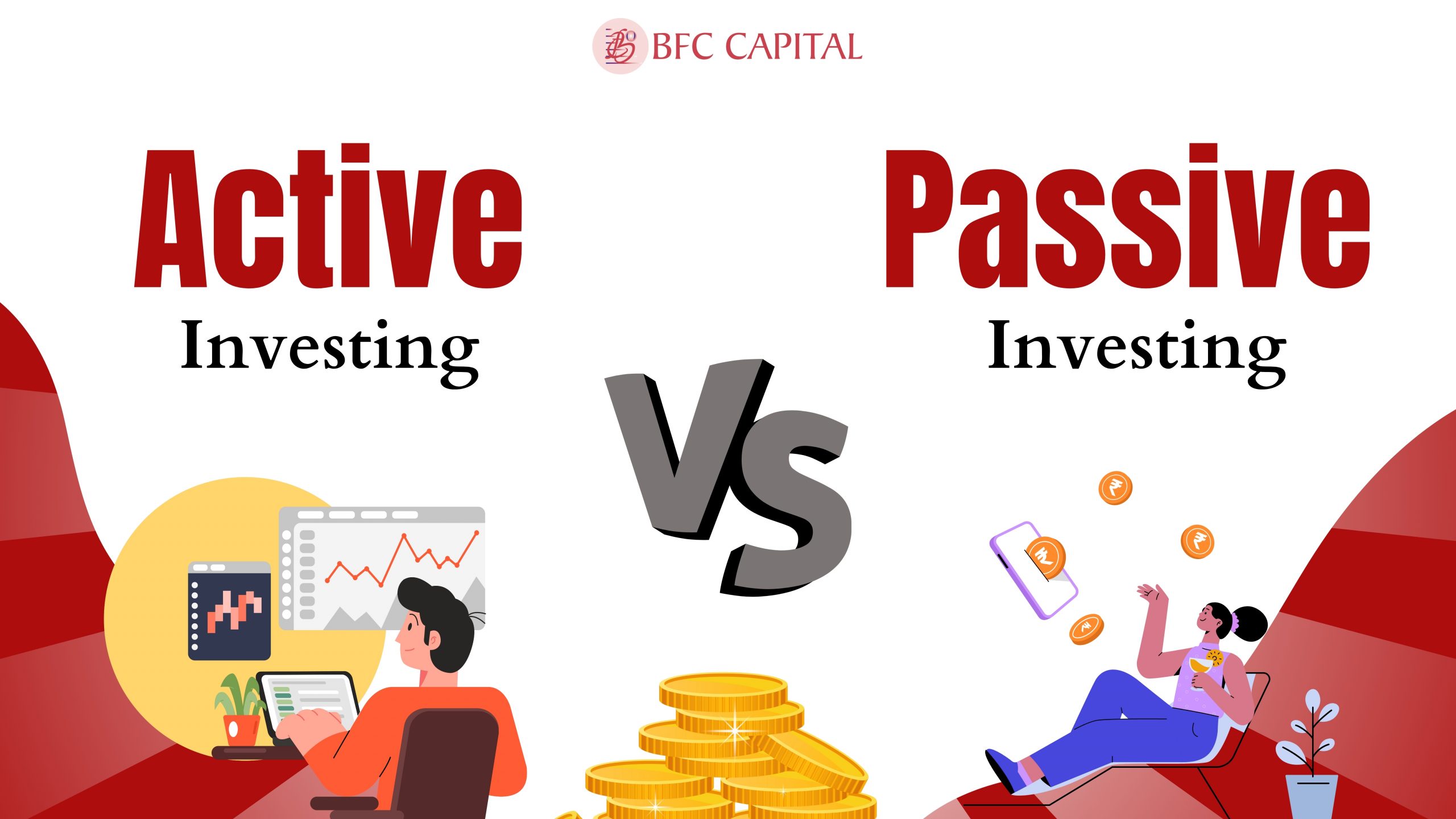
What is Compound Interest
Imagine planting a tree each and every day it grows while you are watering it and it is receiving sunlight. Once it matures, its fruit falls into the ground and gives rise to new trees. Over time, new trees start producing fruits, and their fruits give rise to new trees. This cycle goes on, and you have a fully flourishing orchard out of that single plant. Compound interest is like that plant that you initially planted in your garden.
In mutual fund investment, compounding refers to the process by which you earn on your applied investments over time. Your investment generates additional income, which is dependent on your earnings. The growth in your investment fund accelerates the generated income. This concept of interest is central to helping investors achieve long-term investment goals.
How does compound interest work in mutual fund investments?
Initial investment in mutual funds
You start by investing some money in mutual funds. Compound interest is generated based on the interest rate earned from the initial mutual fund investment.
For example, you have given 100 rupees for mutual fund investments.
Earnings from interest
Over a period of time, your mutual fund investment yields returns. The interest generated on the initial allocation of funds is added to the current value. The value of earnings depends on the period of compound interest; the longer the period of time, the higher the income. The generated returns can be in the form of capital gains, dividends, or interest. Dividends are the distribution of profits to shareholders as part of their shares.
Reinvestment on earnings
Over the period of time your investment is untouched and unused and is not being withdrawn, its value is going to multiply at a faster rate. This exponential growth of initial capital interest is double in the case of compound interest when compared with simple interest. Compound interest capitalizes on interest to boost the initial principal amount of the investment. The generated funds are reinvested, multiplying as more units of fund, increasing your wealth with time. At this point, for example, your investment of 100 rupees will receive a good return of 10% in the first year itself.
Exponential growth and reinvested earnings
Over the next period, the revenue from compound interest grows on the reinvested earnings. This process will go on and on, increasing the investment in the initial capital amount. In the long run, older mutual fund investments will see significant growth without any new expenditures. To leverage the benefits of compound interest, it is best to make more loan repayments. This way, you can save on total liable interest and pay less.
The mathematics behind compound interest
The Formula to Calculate Compound interest
This is the formula to Calculate Compound interest and get better result Also, share example how to calculate them.
A = P (1 + r/n)^(nt)
- Where A stands for the future value of the investment (including interest and loans),
- P is the principal investment amount (the initial investment amount).
- r is the annual rate of interest (decimal).
- n is number of times interest is compounded per year or per period
- t is the period of time, money is being invested.
Mathematical calculations for compound Interest
For example;
P = INR 150,000
r = 0.06
n = 1
t = 10
A = 15000 (1 + 0.06/1)^10 = INR 11,862.72
Tips to get better at compounding growth.
Start as early as you can!
Young people often skip mutual fund savings, thinking it’s unnecessary. However, starting early, even with small amounts, is key. This is especially true for compound interest. The earlier you invest, the more you earn over time. Small, early investments grow significantly, turning minimal input into substantial earnings.
If you are in some kind of debt, this will cause trouble, as compound interest is a factor there as well.
Avoid temptations
The key with compound interest is that the longer it goes, the more growth you can get on your investment. Avoid falling victim to the temptation to withdraw as soon as you’re seeing your first return. Compound interest will multiply your invested assets over time.
The importance of time!
The role of time is a significant factor in compounding. To ensure exponential growth in investments, long-term investment plans are ideal for boosting investment returns.
Interest rates
Higher interest will give high payoffs in returns on investments. Compound interest does not benefit short-term goals; however, long-term investments see significant yields in returns.Accumulated wealth grows among long-term investments.
For example,
You’re spending 5000 rupees after 10 years will be 12,968.71 with a 10% interest rate.
After 20 years, it grew to ₹33,637.50
After 30 years, it would grow to ₹87,247.01
Frequency of compound interest
Frequent compounding results in higher returns. Interest can be computed on a daily basis, monthly, annually, quarterly, semi-annually, etc.
Systematic Investment Plans (SIPs)
Regular investment in mutual funds can maximize the benefits of compound interest. Contributing small amounts accelerates the compounding effect.
Pros and cons of compound Interest
- Pros
1. Growth over time
Over time, compound interest increases the value of invested assets. The growth of assets is not linear but has potential with the passage of time.
2. Small investment, significant results
Compound interest benefits even with small amounts. Regular small amount investments yield big returns.
3. Long-term benefits
In the long run, compound interest helps build wealth through investments. It helps investors to accumulate gains on initially invested capital over years and decades.
- Cons
1. Inflation risk
Compound investors are subject to inflation risk on investment returns. Increased inflation cuts back on yields.
2. Taxation
High taxes and fees reduce good investment returns. They dominate the potential of compound interest. Tax planning: choosing better options can reduce risk to a certain extent. For high fees, avoid expense ratios that charge high fees for asset management.
Conclusion
Considering all the benefits and drawbacks, compound interest is a beneficial long-term investment. It has the potential to turn a small investment into a giant wealth pit. The risk of inflation and high taxes can be minimized with regular investments, selecting the right investment option, tax planning, etc. However, proper planning and a concrete strategy are necessary before investing. Overall, compound interest has tremendous potential for big financial goals.
Also, check out our recent post on: “What is Volatility in the Market?“
To learn more about mutual funds, contact us via Phone, WhatsApp, Email, or visit our Website. Additionally, you can download the Prodigy Pro app to start investing today.
Disclaimer – This article is for educational purposes only and by no means intends to substitute expert guidance. Mutual fund investments are subject to market risks. Please read the scheme-related document carefully before investing.

Assistant Vice President – Research & Analysis
Akash Gupta heads the Research & Analysis department at BFC CAPITAL, where he combines in-depth market insights with strategic analysis. He holds multiple certifications, including:
- NISM-Series-XIII: Common Derivatives Certification
- NISM-Series-VIII: Equity Derivatives Certification
- NISM-Series-XXI-A: Portfolio Management Services Certification
- IRDAI Certification
With his expertise in equity, derivatives, and portfolio management, Akash plays a key role in providing research-backed strategies and actionable insights to help clients navigate the investment landscape.








Name: What is EBITDA? Meaning, Formula, and Calculations - BFC Capital- Blogs : All Financial Solutions for Growing Your Wealth
says:[…] Also, check out our recent post on: “What is Compound Interest—Meaning, Formula, and How to Calculate?“ […]